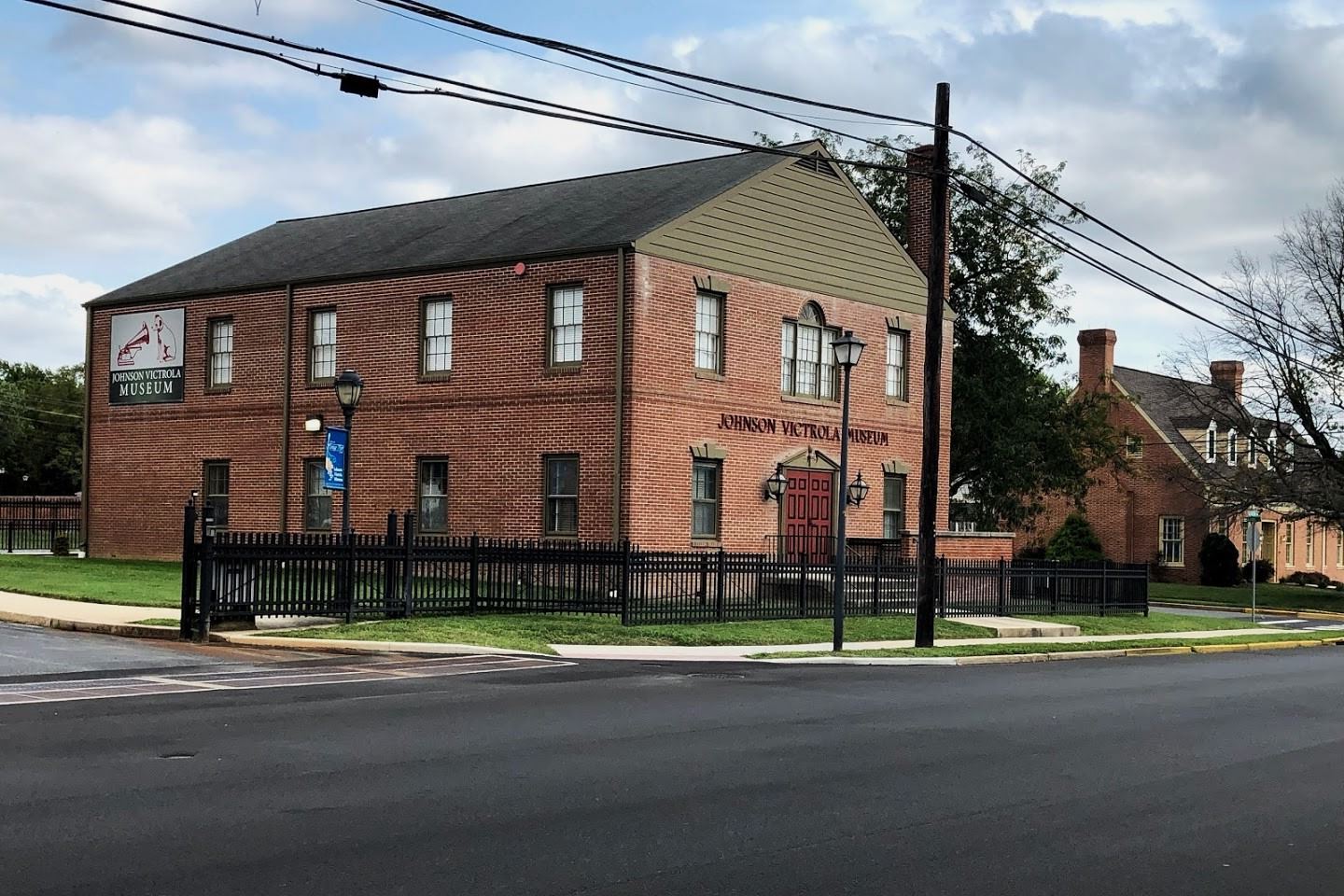Secrets Of The Johnson Victrola Museum And Early Sound Recording

Ever wondered how music was recorded before digital technology? The Johnson Victrola Museum in Dover, Delaware, offers a glimpse into the world of early sound recording. Named after Eldridge Reeves Johnson, the founder of the Victor Talking Machine Company, this museum showcases the evolution of sound technology. Visitors can see original Victrolas, early phonographs, and other fascinating artifacts. The museum highlights Johnson's contributions to the music industry, including his role in popularizing recorded music. Through interactive exhibits and knowledgeable guides, guests learn about the challenges and triumphs of early sound engineers. Whether you're a history buff or a music lover, the Johnson Victrola Museum provides a unique experience that transports you back to a time when music was captured on wax cylinders and shellac discs. Discover the magic of sound recording's past and appreciate how far technology has come.
Discovering the Johnson Victrola Museum
Step into a world where sound recording history comes alive. The Johnson Victrola Museum in Dover, Delaware, celebrates the legacy of Eldridge Reeves Johnson, a pioneer in the music industry. This museum offers a fascinating glimpse into the evolution of recorded sound and the impact it had on society. Let's explore some of the captivating exhibits and artifacts that make this museum a must-visit for history buffs and music lovers alike.
The Birth of the Phonograph
The phonograph revolutionized how people experienced music. At the Johnson Victrola Museum, you can see some of the earliest models that paved the way for modern sound recording.
Edison's Phonograph: Witness the invention that started it all. Thomas Edison's phonograph was the first device to record and reproduce sound, changing the world forever.
Berliner Gramophone: Emile Berliner's gramophone improved upon Edison's design, using flat discs instead of cylinders. This innovation led to the creation of the record industry.
The Rise of the Victrola
The Victrola became a household name in the early 20th century. Its elegant design and superior sound quality made it a favorite among music enthusiasts.
Victrola Model VV-XI: Admire the craftsmanship of this popular model. The VV-XI was a best-seller, known for its beautiful wood cabinet and impressive acoustics.
Orthophonic Victrola: Experience the leap in sound quality with the Orthophonic Victrola. This model introduced electric amplification, providing a richer listening experience.
Iconic Recordings and Artists
The museum showcases a collection of recordings that highlight the diverse range of artists who shaped the music industry.
Enrico Caruso Recordings: Listen to the powerful voice of Enrico Caruso, one of the first international recording stars. His records brought opera to the masses.
Jazz and Blues Legends: Explore the roots of American music with recordings from jazz and blues pioneers. These artists laid the foundation for modern genres.
The Impact of Sound Recording on Society
Sound recording technology transformed entertainment, communication, and culture. The museum delves into how these changes affected everyday life.
Radio Broadcasting: Discover how radio brought music and news into homes across the nation. This medium connected people like never before.
Home Entertainment: Learn about the evolution of home entertainment systems. From phonographs to modern stereo systems, see how technology has evolved.
Preserving the Legacy
The Johnson Victrola Museum is dedicated to preserving the history of sound recording for future generations. Through its exhibits, visitors gain a deeper appreciation for the innovations that shaped the music industry.
Restoration Projects: See how the museum restores vintage phonographs and records. These efforts ensure that the history of sound recording remains accessible to all.
Educational Programs: Participate in workshops and lectures that explore the science and history of sound recording. These programs inspire a new generation of music enthusiasts.
Discovering the Legacy of Sound
The Johnson Victrola Museum offers a fascinating glimpse into the history of sound recording. Through its exhibits, visitors can appreciate the evolution of audio technology and the impact it had on society. The museum not only showcases the Victrola and its inventor, Eldridge R. Johnson, but also highlights the cultural significance of early sound recordings. By exploring this museum, one gains a deeper understanding of how these innovations shaped the way people experienced music and communication. The artifacts and stories within its walls remind us of the creativity and determination that fueled these advancements. Whether you're a history buff or simply curious about the origins of recorded sound, the Johnson Victrola Museum provides an enriching experience. It's a place where the past comes alive, inviting everyone to appreciate the journey of sound from its humble beginnings to the present day.

